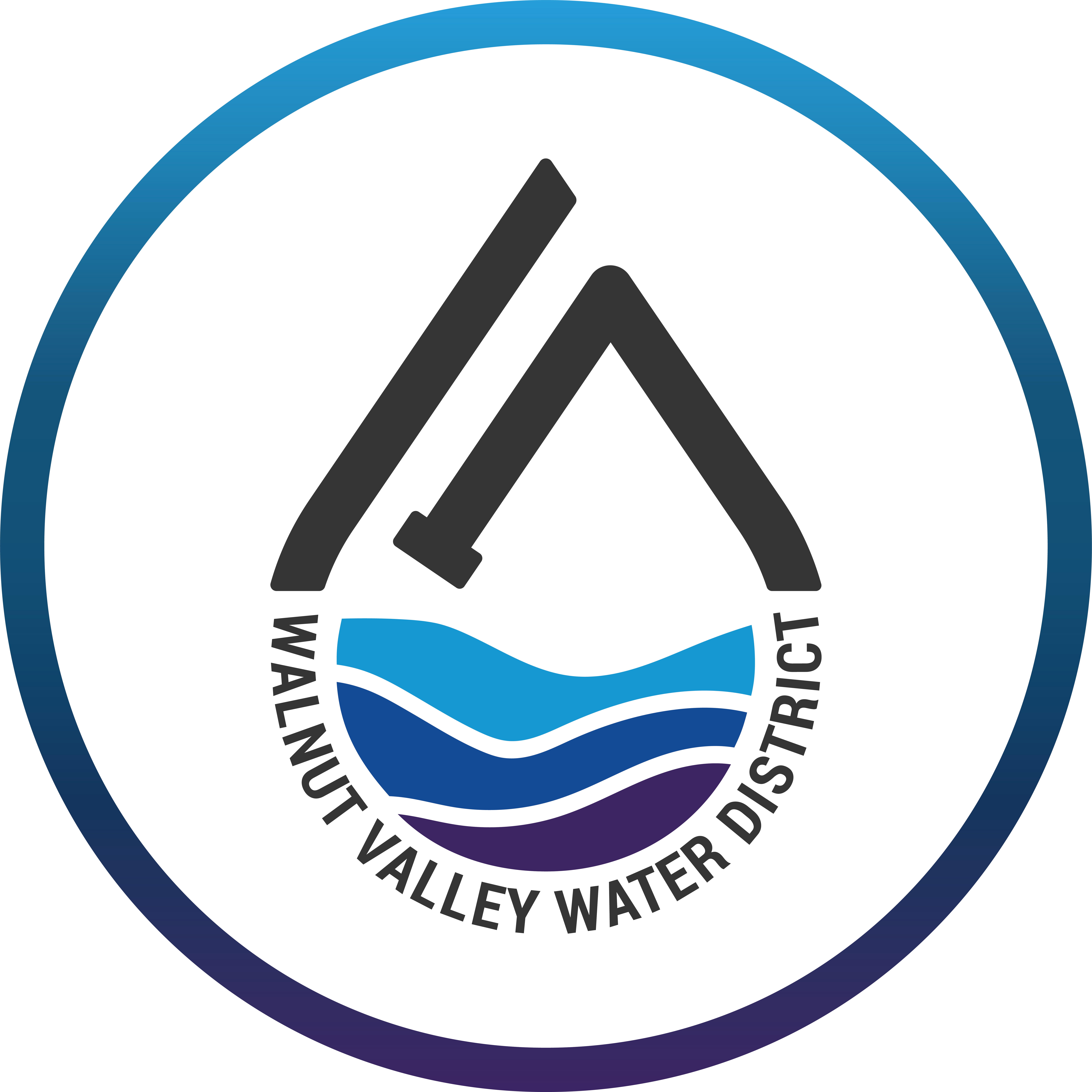Water Quality
WVWD is dedicated to meeting the water supply needs of the communities it serves. Providing community members with high-quality, safe, and reliable drinking water is a top priority. WVWD’s drinking water meets all federal, state, and local water quality regulations.
Our staff of water professionals monitors and tests the water system on a daily basis to ensure it is safe to drink. Water samples are gathered on a weekly basis and bacteriological tests are conducted to ensure that the water is safe to drink and meets the required standards. Throughout the year, our team of experts conducts over 17,000 analyses in the District’s certified water quality lab. The water quality lab is certified by California’s State Water Resources Control Board (SWRCB).
WVWD’s dedication to delivering high-quality drinking water has been proven through the years. The District has surpassed the most stringent state and federal water quality regulations since 1999.
In addition to WVWD’s onsite testing, our drinking water is extensively treated by the Metropolitan Water District of Southern California (MWD) and Three Valleys Municipal Water District (TVMWD), both of which sell imported water to WVWD from the Colorado River Aqueduct and the State Water Project (SWP) located in Northern California.
More detailed information on the quality of WVWD’s water is available in the Annual Water Quality Report below.
Annual Water Quality Report
This report summarizes the quality of water WVWD provides its customers and community members. The analysis was made by using the data from the most recent U.S. Environmental Protection Agency required tests and is presented in this report. The report follows the regulation under the Safe Drinking Water Act which requires water utilities to provide detailed water quality information to their customers each year.
The District is committed to providing this information to help the community become knowledgeable about what is in their drinking water.
The District’s Annual Water Quality Report is available in June of each year and provides water quality information for the prior year. The most recent Annual Water Quality Report is available here. Hard copies are also available upon request by visiting District headquarters or requesting a copy from the Customer Service Department. They can be reached at (909) 595-7554.
How To Read The Annual Water Quality Report
A guide to best understand the report is available here.
The Annual Water Quality Report from previous years are available here:
Public Health Goals Report
Every three years, WVWD creates a special report to check if any substances in our water are higher than certain health goals set by the United States Environmental Protection Agency (EPA) and the California State Water Resources Control Board (SWRCB).
This report enables us to track even the tiniest amounts of substances in the water—some that occur naturally and others resulting from human activities.
The good news? WVWD’s water is safe to drink and meets all state and federal rules. We’re proud to provide clean, high-quality water to our community every single day.
Public Health Goals Report 2025
Information Regarding Lead & Copper
WVWD completed an extensive service line inventory, in full compliance with the U.S. Environmental Protection Agency’s (EPA) Lead and Copper Rule Revision (LCRR). This comprehensive review, which involved identifying and documenting service line materials throughout the service area, confirms that no lead or galvanized service lines requiring replacement were found in the system.
Residents who are interested in verifying the material of their service line, can do so by typing in their street address below.
Information Regarding PFAS/PFOA
WVWD does not import water from groundwater sources or other sources that contain PFAS or PFOA/PFOS. These chemicals are commonly known as “forever chemicals.” Per- and Polyfluoroalkyl Substances (PFAS) are a family of more than 4,500 chemicals, including PFOA (perfluorooctanoic acid) and PFOS (perfluorooctane sulfonate), which are prevalent in the environment and were once commonly used in many consumer products that resist heat, oils, stains, and water. They are man-made chemicals that have been used extensively in consumer products such as carpets, clothing, fabrics for furniture, paper packaging for food, fire-fighting foams, and other materials (e.g., cookware) designed to be waterproof, stain-resistant, or non-stick.
These chemicals can get into drinking water when products containing them are used or spilled onto the ground or into lakes, rivers, and private wells. WVWD’s water supply system is fully dependent on imported water, PFAS or PFOA/PFOS does not pose a threat to our community members. More detailed information is available below:
Water Softener Information
Water hardness is a result of the presence of calcium carbonate, a naturally occurring mineral, in drinking water.
If you’re interested in learning more about water hardness or looking to install a water softener, please refer to the District’s most recent Annual Water Quality Report. The level of hardness in our water supply is listed in the Report in parts per million (ppm). To convert from parts per million to grains per gallon (gpg), divide by 17.1.
Please note, the District cannot recommend, install, or repair water softeners.






